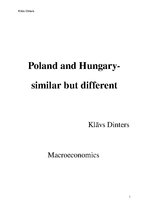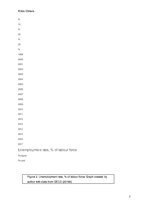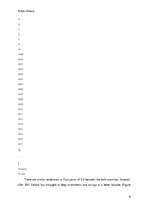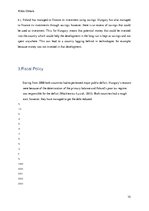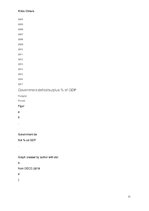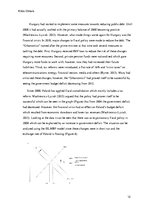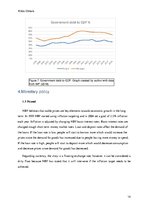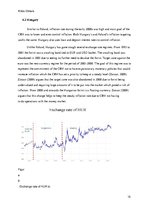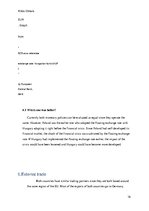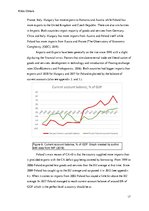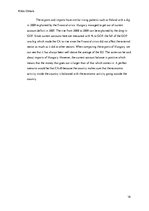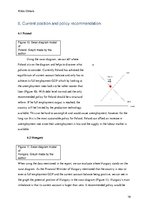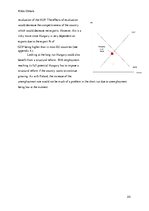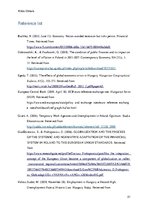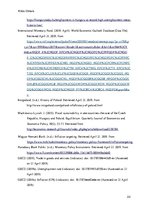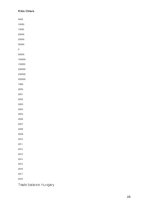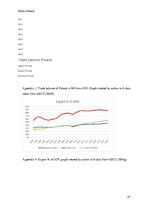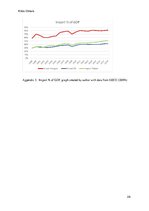-
Macroeconomic Analysis of Poland and Hungary
2000 - 2010 years
2011 - 2015 years
| Nr. | Chapter | Page. |
| Introduction | 3 | |
| 1. | General economic overview | 4 |
| 2. | Private sector | 7 |
| 3. | Fiscal Policy | 8 |
| 4. | Monetary policy | 11 |
| 5. | External trade | 13 |
| 6. | Current position and policy recommendation | 15 |
| Reference list | 17 | |
| Appendix | 20 |
6.1 Poland
Figure 10. Swan diagram model of
Poland. Graph made by the author
Using the swan diagram, we can tell where Poland sits on the diagram and helps to discover what policies to consider. Currently Poland has achieved the equilibrium of current account balance and only has to achieve its full employment GDP which by looking at the unemployment rates looks to be rather sooner than later (Figure 10). With debt level normalized the only recommended policy for Poland should be a structural reform. If he full employment output is reached, the country will be limited by the production technology available. This can be hard to accomplish and would cause unemployment, however, for the long run this is the most sustainable policy for Poland. Poland can afford an increase in unemployment rate since their unemployment is low and the supply in the labour market is available.
6.2 Hungary
Figure 11. Swan diagram model of
Hungary. Graph made by the author
When using the data mentioned in the report, we can evaluate where Hungary stands on the swan diagram. As the Financial Minister of Hungary mentioned that the country is near or even at full employment GDP and the current account balance being positive, we can see in the graph the potential position of Hungary in the swan diagram (Figure 11). Hungary’s main imbalance is that its current account is larger than zero. A recommended policy would be revaluation of the HUF. The effects of revaluation would decrease the competitiveness of the country which would decrease net exports. However, this is a risky move since Hungary is very dependent on exports due to the export % of GDP being higher than in most EU countries (see appendix 4.).
…
Makroekonomikas analīze starp Poliju un Ungārju

